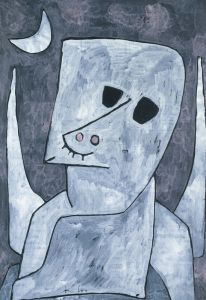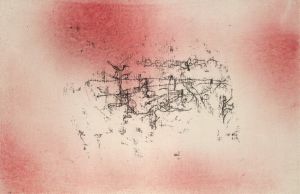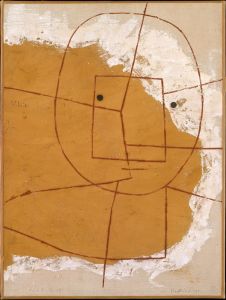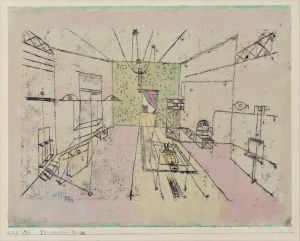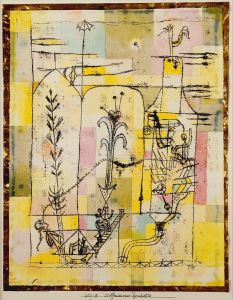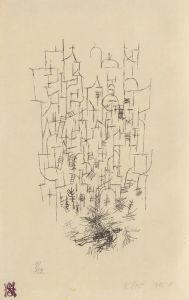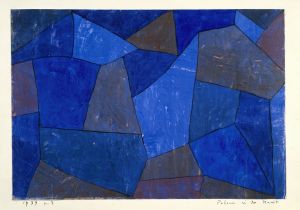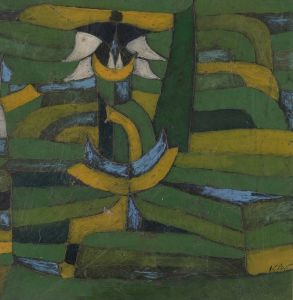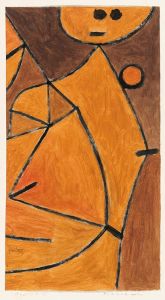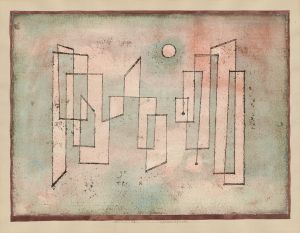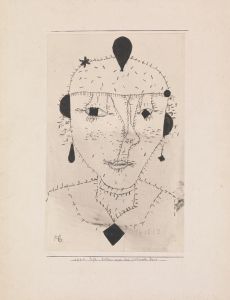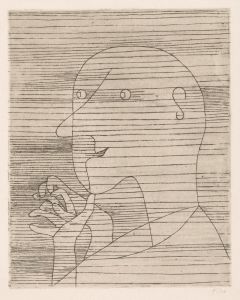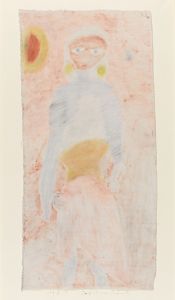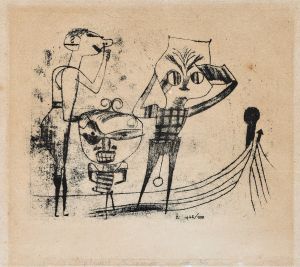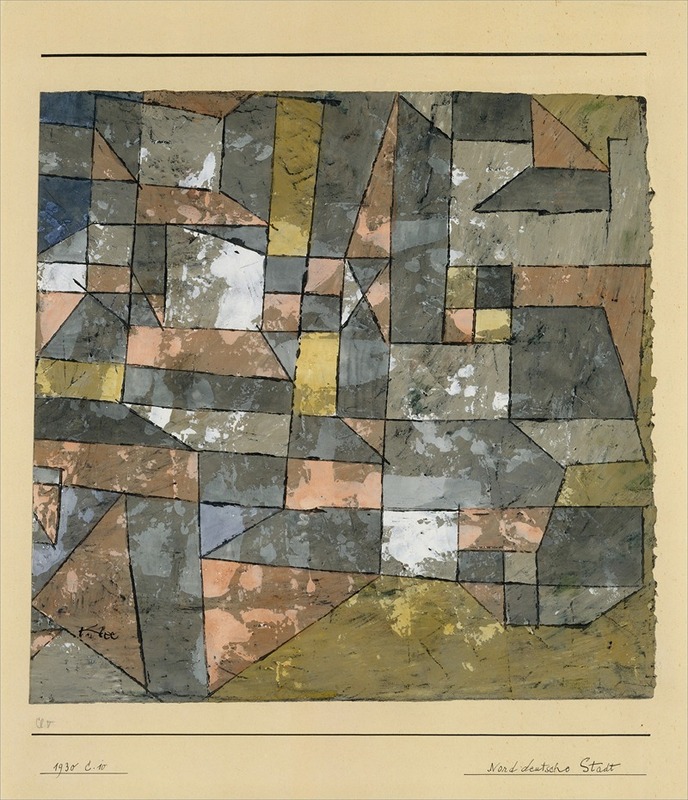
North German
A hand-painted replica of Paul Klee’s masterpiece North German, meticulously crafted by professional artists to capture the true essence of the original. Each piece is created with museum-quality canvas and rare mineral pigments, carefully painted by experienced artists with delicate brushstrokes and rich, layered colors to perfectly recreate the texture of the original artwork. Unlike machine-printed reproductions, this hand-painted version brings the painting to life, infused with the artist’s emotions and skill in every stroke. Whether for personal collection or home decoration, it instantly elevates the artistic atmosphere of any space.
Paul Klee was a Swiss-born German artist known for his highly individual style, which was influenced by movements in art that included Expressionism, Cubism, and Surrealism. Klee's work is noted for its unique use of color and form, and he often incorporated elements of fantasy and whimsy into his paintings. One of his works, "North German," reflects his distinctive approach to art.
"North German" is a painting created by Paul Klee in 1937. During this period, Klee was living in Switzerland, having left Germany in 1933 due to the rise of the Nazi regime, which had labeled his work as "degenerate art." This painting, like many of Klee's works, is characterized by its abstract style and use of geometric shapes and lines. Klee often drew inspiration from his travels, nature, music, and his own imagination, which is evident in the diverse themes and motifs present in his body of work.
The painting "North German" is an example of Klee's mature style, where he often employed a grid-like structure to organize his compositions. This technique allowed him to explore the relationships between colors and forms in a systematic yet playful manner. The title "North German" suggests a geographical reference, which may indicate that the painting was inspired by the landscapes or cultural elements of northern Germany. However, Klee's titles often serve as poetic or whimsical complements to his visual compositions rather than literal descriptions.
Klee's work is known for its symbolic and sometimes enigmatic quality, and "North German" is no exception. The painting features a complex interplay of shapes and colors, which may evoke a sense of rhythm or musicality, a common theme in Klee's art. His interest in music is well-documented, and he often drew parallels between musical composition and visual art, considering both as forms of expression that transcend language.
Throughout his career, Klee was associated with several influential art movements and groups, including the Bauhaus school, where he taught alongside other notable artists such as Wassily Kandinsky. His teaching and writings on art theory have had a lasting impact on modern art, influencing generations of artists and thinkers.
"North German" is part of Klee's extensive oeuvre, which includes over 9,000 works. His art continues to be celebrated for its innovative use of color, form, and symbolism. Klee's ability to blend abstraction with a sense of playfulness and depth has made his work enduringly popular and influential.
In summary, "North German" by Paul Klee is a painting that exemplifies the artist's unique style and approach to art. While specific details about the painting's inspiration or meaning may not be fully documented, it remains a testament to Klee's ability to create evocative and thought-provoking works that continue to captivate audiences worldwide.





